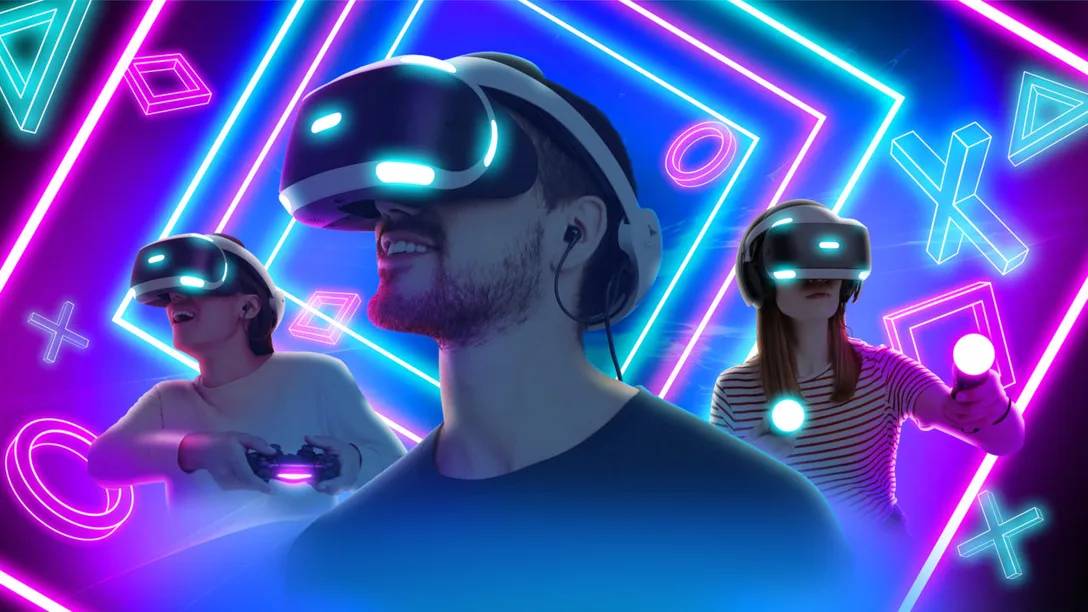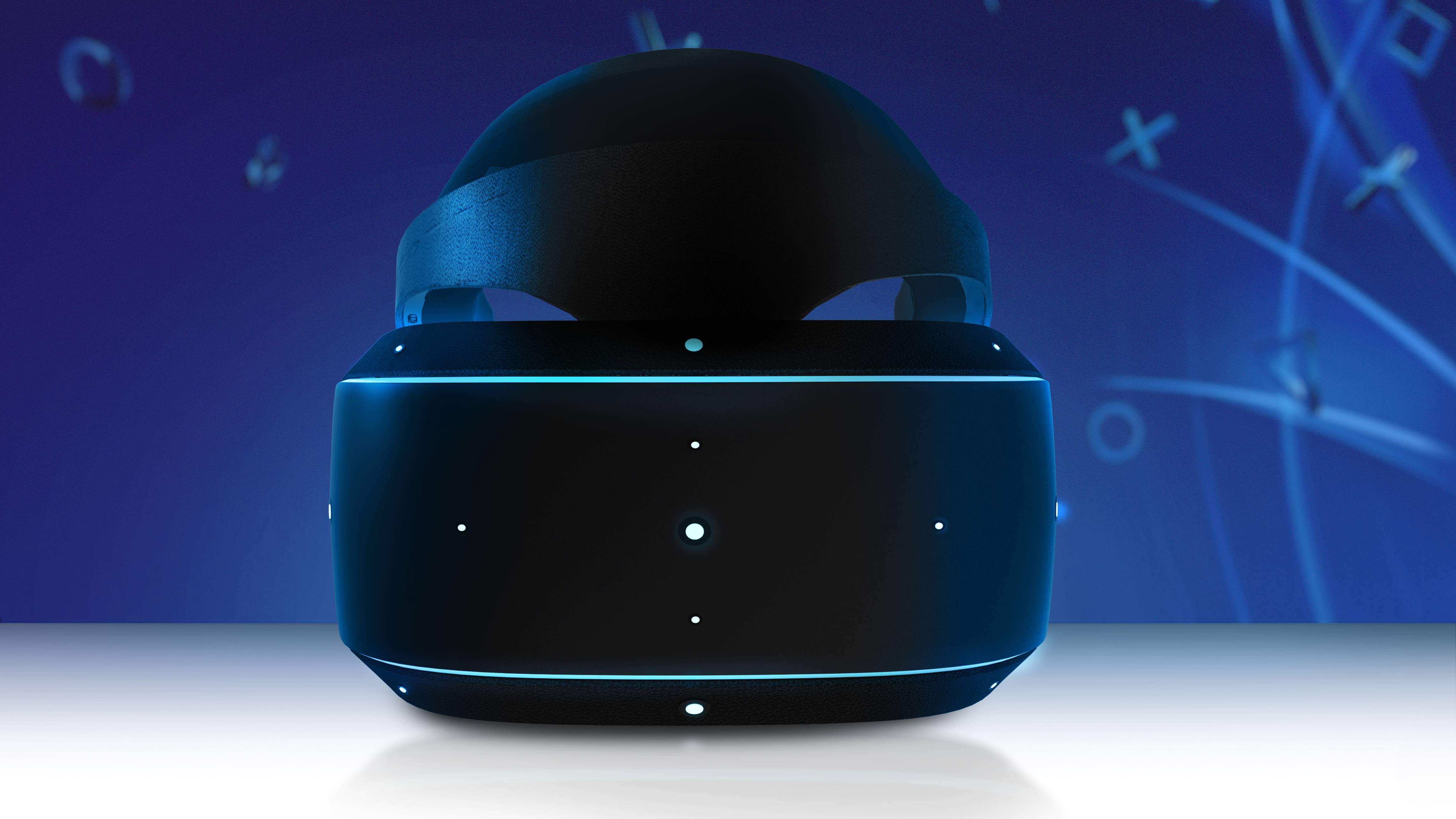What is PSVR 2’s Foveated Rendering feature?
Here's everything you need to understand the PSVR 2's new Foveated Rendering feature

PSVR 2 was announced by Sony at CES 2022 last night, bringing a much-needed update to the headset for the PS5. During the announcement, improvements were discussed around the headset compared to its predecessor, and one key addition stood out - foveated rendering.
It’s a term that’ll likely be new for those not deep in the virtual reality scene. It’s not an entirely new concept, but the PSVR 2 will be the most mainstream device utilising it to date. This could potentially open up wider implementation across future VR devices if it proves to be a useful feature.
However, bringing it back to basics, let’s answer the question you are likely here to get an answer for - What is Foveated Rendering?
What is Foveated Rendering?
So, how does the PSVR 2 headset use foveated rendering?
Foveated Rendering is a VR technique utilised to heighten the clarity of what the user is focusing on. In the easiest terms - it acts like the human eye, simulating how our periphery works. When we look at something, it’s sharp and in focus. Everything around that focus is still perceptible but is less defined and much more blurry.
In more technical terms, a VR headset can use eye-tracking technology to figure out what object a player is focusing on. The game will then bring up the fidelity of that in-game object or area, while bringing down the quality of rendering of other objects in the world. This creates an artificial priority for the viewing experience. If done well, it should be largely imperceivable for the player.
One of the key benefits of this is that it helps manage hardware resources in games. It’s much like a lesser-version of frustum culling (here’s an example from Horizon: Zero Dawn), which is a developer technique used where a game ceases to render objects that the player is not looking at.
What does Foveated Rendering mean for PSVR 2?

Without getting hands-on with the headset, it’s not clear exactly how accurate for or perceptible Foveated Rendering is going to be to the average PlayStation player. However, the most likely outcome is going to be that this will likely be a tool more beneficial to developers than what would be immediately obvious to players. Namely, this will be a way to optimise experiences by delegating resources better.
One of VR’s eternal problems is that it’s demanding of hardware. That’s going to be no different for the PSVR 2 which is aiming for a 4K experience. Each eye will have a 2000×2040 screen with framerates up to 90/120Hz. On top of that, the headset will likely be outputting an image to a regular 4K TV for viewers outside of the headset to enjoy too. The bottom line is that is quite the demand.
Foveated Rendering will allow the PS5 to try to ease some of that demand. By lessening the rendering on objects that aren’t being focused on, it frees up more space for the console to breathe and allocate elsewhere.
Get daily insight, inspiration and deals in your inbox
Sign up for breaking news, reviews, opinion, top tech deals, and more.
That translates to a user in the form of better performance or more impressive experiences that would have been impossible without the visual trick. There are still questions around the process, of course though. Perhaps the biggest will come down to the delay between a player looking at something in-game and the headset responding. It’s not something we will know until users get hands-on.
That said, this appears to be a smart investment from Sony. Console VR is often going to be a game of resource management for developers, and this looks like it might be a powerful tool at their disposal. In the end, it should allow the headset and gaming experiences to be pushed a little further which is always exciting.
With the most mainstream gaming VR experience adopting the technology, it will be interesting to see if the broader VR industry will invest further in it.

Patrick Dane is TechRadar Gaming's Guides Editor. With nearly a decade in the games press, he's been a consistent voice in the industry. He's written for a plethora of major publications and travelled the world doing it. He also has a deep passion for games as a service and their potential to tell evolving stories. To wit, he has over 2000 hours in Destiny 2, over 1000 in Overwatch and is now deeply into Valorant.